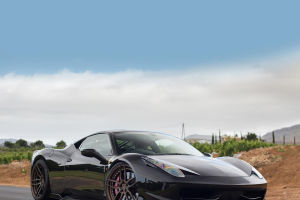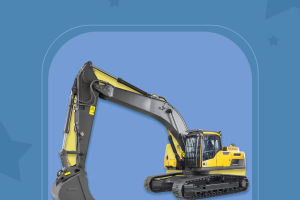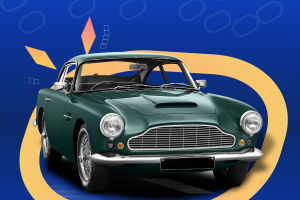Motorcycles are versatile and efficient modes of transportation that are used for both leisure and competition. They are powered by internal combustion engines and can have either two or three wheels.
The international standard ISO3833-1977 classifies motorcycles into dual-purpose and standard motorcycles based on speed and weight.
Classification of motorcycles can also vary based on their structure, engine type, and working volume.
For short-distance city travel, a mini-motorcycle or moped with a maximum speed of 50 km/h and a compact structure is ideal. For travel between urban and rural areas with a passenger, a motorcycle with a working volume of 125-250 ml is suitable.
Off-road and cross-country motorcycles are recommended for poor road conditions, high speed, or competitions.
Sports Motorcycles
Sports motorcycles, also known as road motorcycles, are designed for leisure and recreational use. They come in a variety of forms, including super sports and touring motorcycles. Road motorcycles are mainly used on smooth, paved roads and can be further categorized into supersport, touring, and American motorcycles.
SuperSport Motorcycles
Supersport motorcycles prioritize high-speed performance over comfort and handling. They offer riders the thrill of engine, tire, and road changes at high speeds. Unlike race cars, supersport motorcycles aim to provide a youthful and dynamic riding experience.
Modern Motorcycles
The motorcycle industry has undergone significant advancements in technology over the years. For example, the Harley-Davidson FLHRC-1 motorcycle, launched in 1998, featured a fuel-injected engine, which improved its power and environmental impact.
Some concept motorcycles have even incorporated cutting-edge technologies like optical communication, electronic control systems, automatic control systems, and sonic muffler systems, making them even more advanced and exciting.
Safety Features
In recent years, there has been a greater emphasis on the safety of motorcycles. Modern motorcycles now come equipped with various safety features, such as anti-lock brakes, stability control systems, and airbags. Some high-end models also have advanced features like traction control and blind-spot detection systems.
Rider Gear
In addition to the safety features on the motorcycle itself, riders are also encouraged to wear protective gear, such as helmets, jackets, gloves, and boots. A helmet is one of the most important pieces of safety gear, as it can help reduce the risk of head injury in the event of an accident.
Environmental Impact
Motorcycles also have an impact on the environment, just like any other mode of transportation. However, they tend to be more environmentally friendly compared to cars, as they emit fewer pollutants and consume less fuel.
Manufacturers are also working on developing environmentally friendly motorcycles, such as electric motorcycles, which are powered by rechargeable batteries instead of gasoline.
Motorcycles offer a fast, efficient, and exciting way to travel. With advancements in technology and a greater focus on safety, modern motorcycles are more accessible and appealing than ever before. Whether you're a seasoned rider or a beginner, there's a motorcycle that's perfect for your needs.


